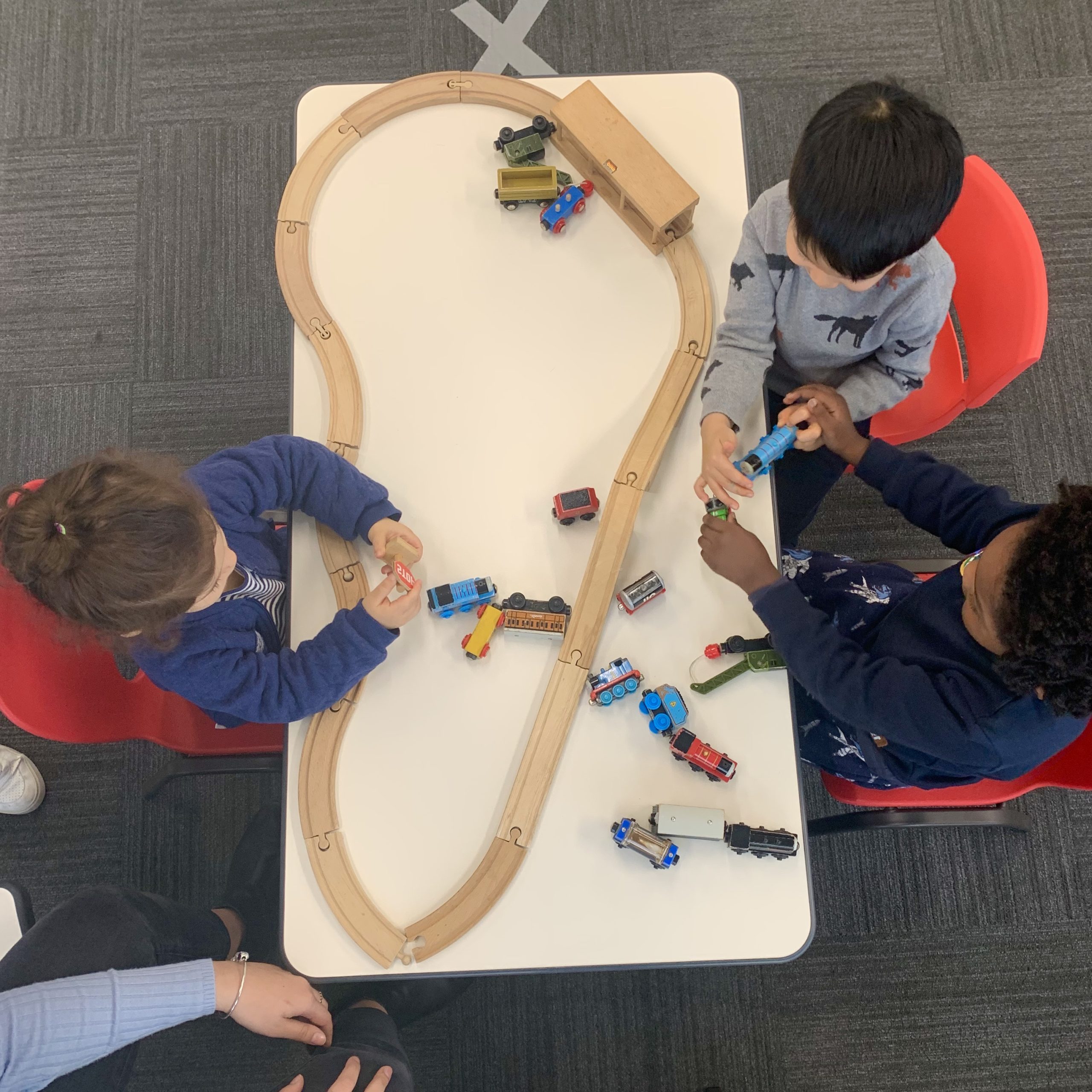
Autism and Early Intervention: The Role of the Early Start Denver Model (ESDM) and Play Skills
Autism is a complex neurodevelopmental condition, and early intervention is key to helping children with autism reach their full potential. One effective intervention for young children with autism is the Early Start Denver Model (ESDM), delivered by our certified ESDM therapists. At our Sydney clinic, OneOnOne Children’s Therapy is proud to offer this early intervention to all our families. Let’s take a deeper look at the ESDM and the importance of play skills.
This series of posts will help parents understand how the ESDM improves the features of autism so children can grow and learn.
What is Play?
Play is the ability to interact with toys and friends, and it’s a complex and fascinating area of child development. It is critical to early intervention efforts because a child’s ability to play is closely tied to many other developmental domains. Therapists involved in early intervention must have a deep and broad understanding of play, as it is essential for a child’s cognitive, social, and emotional development.
Three main areas of play development are:
- Development of Symbolic Play
- Development of Play Themes
- Levels of Interaction with Other Children
Symbolic Play in the ESDM
Children with autism often play with toys in repetitive and non-functional ways. Symbolic play involves:
- Understanding that objects are part of play.
- Recognising that toys can perform actions (e.g., cars can drive, balls can roll).
- Realising that objects can represent people and animals, which can engage in various activities.
Play Themes in the ESDM
Play themes are the content of a child’s play. Initially, children act out familiar and routine activities, such as eating or dressing. This progresses to fantasy play, where children take on roles they have not experienced, like pretending to be a firefighter or a fairy-tale character. This level of play involves imagination and creativity.
Levels of Play Interaction with Other Children in the ESDM
As children grow, their level of interaction in play also develops:
- Solitary Play (3-6 months): Babies play on their own, exploring the world by watching, grabbing, and rattling objects. Solitary play is common in infancy and early toddlerhood.
- Co-operative Play (Preschool Years): Play becomes organized with group goals. There are leaders, and children understand the concept of being part of a group. This stage involves playing games with rules, like “Follow the Leader” and “Simon Says.”
What is the ESDM?
The Early Start Denver Model (ESDM) is an early intervention model for young children with autism. It targets the key features of autism and has a strong evidence base. ESDM involves intensive teaching through play-based sessions and uses a curriculum focused on building interactions and relationships in everyday routines. The ESDM employs teaching principles from Applied Behaviour Analysis (ABA), which research shows are effective for teaching children with autism.
How Autism Impacts Play
Children with autism often find it much harder to play, displaying delayed play skills and engaging in repetitive, non-functional play. Many children with autism remain in solitary play stages longer and face challenges with cooperative play, particularly in understanding and following group rules.
How the ESDM Improves Play
The ESDM has four levels that follow general child development but focuses specifically on areas challenging for children with autism. It looks at all aspects of play to ensure each child builds a solid foundation for imitation and interaction:
- Playing appropriately with toddler toys.
- Engaging with toys that have multiple actions.
- Using figurines like LEGO people and animals to perform actions in play.
- Combining play actions to develop themes or stories.
- Playing independently in a functional and non-repetitive manner.
- Playing next to and interactively with peers.
How to Learn More About the ESDM
You can read more about the ESDM and how it improves various developmental areas:
- Receptive Communication Skills and the ESDM
- Expressive Communication Skills and the ESDM
- Imitation Skills and the ESDM
- How the ESDM integrates play into therapy
OneOnOne Children’s Therapy was one of the first small private intervention clinics in New South Wales to offer this evidence-based practice. We are also the largest ESDM clinic in the state. Our certified ESDM therapists strive to deliver the Early Start Denver Model at the highest levels of fidelity to improve children’s lives.
We’re Here to Support You
At OneOnOne Children’s Therapy, we believe every child deserves the opportunity to grow and thrive. Our clinics are not just spaces for therapy – they are places where children can discover their strengths, overcome challenges, and reach their full potential. By combining innovative therapy techniques with a stimulating and supportive environment, we offer a holistic approach to paediatric therapy and early intervention that addresses the unique needs of each child we support.
Reach Out for Support
If you’re concerned about your child’s development or want to learn more about how the ESDM can help your child, OneOnOne Children’s Therapy is here to help.
Call our Bondi Junction and Mascot clinics on (02) 80657837 or email us. You can book a free 30-minute phone call with us to discuss how we can support your child’s unique journey.
Together, we can help your child develop the skills they need to succeed and thrive in all areas of their life.
